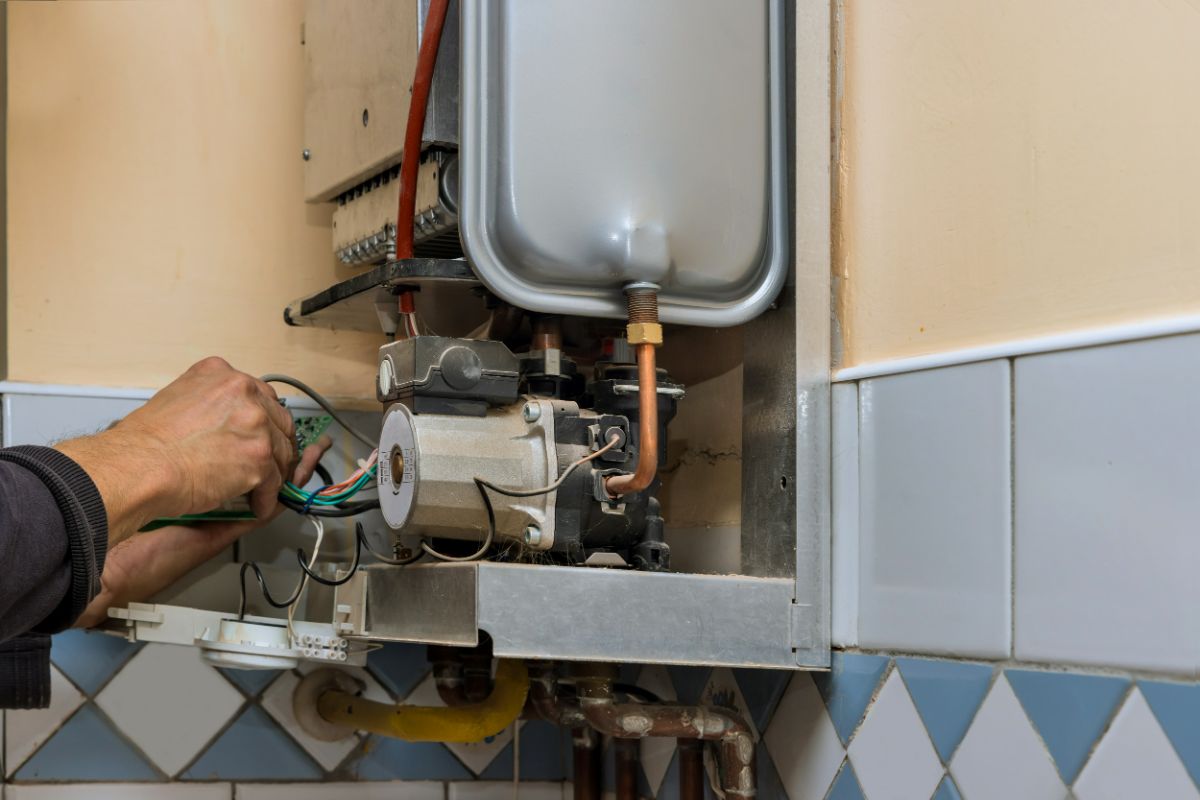Ways to Extend the Life of Your Home's Hot Water System By Maintenance
Ways to Extend the Life of Your Home's Hot Water System By Maintenance
Blog Article
What're your opinions regarding How to Maintain a Hot Water Heater in a Few Simple Steps?

Hot water is crucial for day-to-day comfort, whether it's for a revitalizing shower or washing dishes. To guarantee your warm water system runs effectively and lasts longer, normal maintenance is crucial. This article supplies practical ideas and understandings on how to preserve your home's warm water system to avoid interruptions and expensive repair services.
Intro
Maintaining your home's hot water system may seem overwhelming, yet with a couple of straightforward actions, you can guarantee it runs smoothly for several years to find. This guide covers everything from understanding your hot water system to DIY upkeep ideas and recognizing when to hire expert aid.
Value of Keeping Your Warm Water System
Normal upkeep not only extends the lifespan of your hot water system but also ensures it operates efficiently. Overlooking maintenance can cause reduced efficiency, higher energy bills, and even premature failure of the system.
Indications Your Warm Water System Demands Upkeep
Recognizing when your warm water system requires focus can protect against significant concerns. Look out for signs such as inconsistent water temperature, strange noises from the heater, or rusty water.
Flushing the Water Heater
Flushing your hot water heater gets rid of debris build-up, enhancing effectiveness and lengthening its life.
Monitoring and Changing Anode Rods
Anode rods avoid corrosion inside the tank. Inspecting and changing them when broken is critical.
Facility Concerns Needing Expert Help
Instances consist of significant leakages, electrical problems, or if your hot water heater is constantly underperforming.
Routine Professional Upkeep Benefits
Specialist upkeep can include thorough inspections, tune-ups, and making certain conformity with security requirements.
Inspecting and Readjusting Temperature Level Settings
Readjusting the temperature level settings makes certain ideal performance and safety.
Do It Yourself Tips for Maintenance
You can perform numerous maintenance jobs yourself to keep your warm water system in top problem.
Looking for Leaks
Routinely evaluate pipes and connections for leaks, as these can cause water damage and greater bills.
Comprehending Your Hot Water System
Prior to diving into upkeep tasks, it's handy to recognize the standard components of your warm water system. Commonly, this includes the hot water heater itself, pipes, anode rods, and temperature level controls.
Monthly Upkeep Tasks
Normal monthly checks can aid capture minor problems prior to they escalate.
Examining Stress Relief Valves
Checking the stress relief valve guarantees it functions properly and protects against too much stress accumulation.
Shielding Pipes
Protecting warm water pipes decreases heat loss and can save power.
When to Call a Professional
While DIY upkeep is beneficial, some problems call for expert experience.
Conclusion
Routine upkeep of your home's warm water system is essential for effectiveness, long life, and price financial savings. By adhering to these tips and knowing when to seek specialist aid, you can ensure a reputable supply of hot water without unforeseen disruptions.
Water Heater Maintenance Tips
Test the TPR Valve
Shut off the power and the cold-water supply valve. Place a bucket under the pipe connected to the temperature-pressure-release (TPR) valve on the top or side of the tank. (This valve opens if the tank pressure gets too high.) Lift the valve’s tab to let some water out, then let go. If water keeps flowing, drain the tank partway, unscrew the old valve with a pipe wrench, and install a new one. Check the Anode Rod
Put a hose to the tank’s drain cock and let out a few gallons of water. Now fit a 1 1/16-inch socket onto the rod’s hex head on top of the heater (or under its top plate) and unscrew the rod. If it’s less than ½ inch thick or coated with calcium, buy a new one, wrap its threads with Teflon tape, put it back in the tank, and tighten securely. Use this segmented rod if headroom above the tank is limited. Drain the Tank and Wash Out Sediment
Drain the remaining water in the tank into the bucket, then stir up the sediment on the tank’s bottom by briefly opening the cold-water supply valve. Drain and repeat until clean water comes out of the hose. Close the drain cock, refill the tank, and turn its power back on. Adjust the Temperature
Find the temperature dial on the side of the tank and unscrew its cover. Adjust the dial to 120 degrees using a flathead screwdriver. For every 10 degrees the temperature is lowered, you can expect to save up to 5 percent in energy costs. Turn the water heater off or the thermostat down to its lowest setting if you plan to be away from home for more than three days. Insulate the Pipes
Buy some self-sticking 3/8-inch-thick foam pipe insulation that matches the pipes’ diameter. Slide the foam over the hot-and cold-water pipes as far as you can reach. Insulating the cold-water pipe prevents condensation in summer. Peel the tape and squeeze the insulation closed. If the pipe is 6 inches or less from the flue, cover it with 1-inch-thick unfaced fiberglass pipe wrap. https://www.thisoldhouse.com/plumbing/21016402/how-to-maintain-a-water-heater

As an avid reader on What Kind of Maintenance Do Water Heaters Need?, I imagined sharing that piece of content was a good thing. Sharing is nice. Helping others is fun. Many thanks for going through it.
Book Appointment Report this page